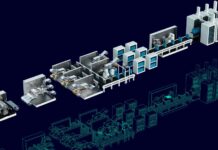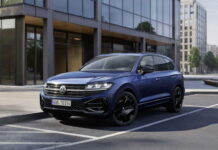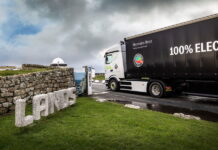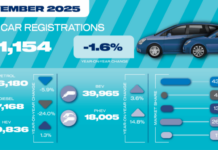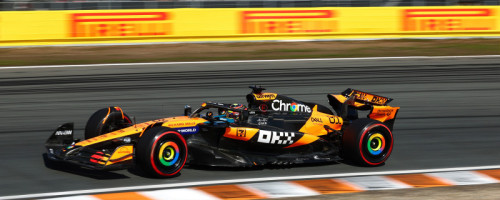

MARIO ISOLA – PIRELLI DIRECTOR OF MOTORSPORT
“On a track where overtaking is definitely difficult, qualifying takes on even more importance than usual in deciding the race result. While the McLarens seem to have the edge over the rest of the field, their two drivers are separated by almost nothing, just 12 thousandths of a second in fact. It’s very close behind this pair, with the remaining 18 drivers all within the same second. Therefore, all the ingredients are in place to produce a closely contested, unpredictable race, with the changeable weather adding another unknown factor to the mix, as well as the possibility of Safety Cars always present on a track where mistakes are always punished.
“Although simulation shows that the two-stop strategy has a slight advantage in terms of overall time, we are well aware that the teams will try and make only a single pit stop, because track position established on the opening lap is all important. Therefore we believe that a strategy based on a first stint on the Medium and a second with the Hard is the most likely, as it allows teams to cover for the possibility of rain or a Safety Car. For those opting for a two-stop the most likely choice is to use all three compounds, also because only McLaren and Aston Martin have two sets of Hards available.
“The increase in the pit lane speed limit from 60 to 80 km/h will have a significant impact on the time lost during a pit stop, dropping from around 22 seconds to 19 or 20. But that’s not enough to make the two-stop really attractive. As for the undercut, we saw here in Zandvoort last year that it is very effective which is one more factor to take into consideration in preparing for the race.”






